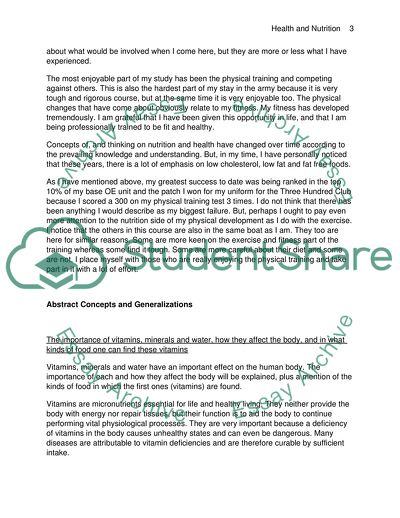Cite this document
(Importance of Health and Nutrition Essay Example | Topics and Well Written Essays - 3750 words, n.d.)
Importance of Health and Nutrition Essay Example | Topics and Well Written Essays - 3750 words. Retrieved from https://studentshare.org/health-sciences-medicine/1715984-biological-science-health-and-nutrition
Importance of Health and Nutrition Essay Example | Topics and Well Written Essays - 3750 words. Retrieved from https://studentshare.org/health-sciences-medicine/1715984-biological-science-health-and-nutrition
(Importance of Health and Nutrition Essay Example | Topics and Well Written Essays - 3750 Words)
Importance of Health and Nutrition Essay Example | Topics and Well Written Essays - 3750 Words. https://studentshare.org/health-sciences-medicine/1715984-biological-science-health-and-nutrition.
Importance of Health and Nutrition Essay Example | Topics and Well Written Essays - 3750 Words. https://studentshare.org/health-sciences-medicine/1715984-biological-science-health-and-nutrition.
“Importance of Health and Nutrition Essay Example | Topics and Well Written Essays - 3750 Words”. https://studentshare.org/health-sciences-medicine/1715984-biological-science-health-and-nutrition.


